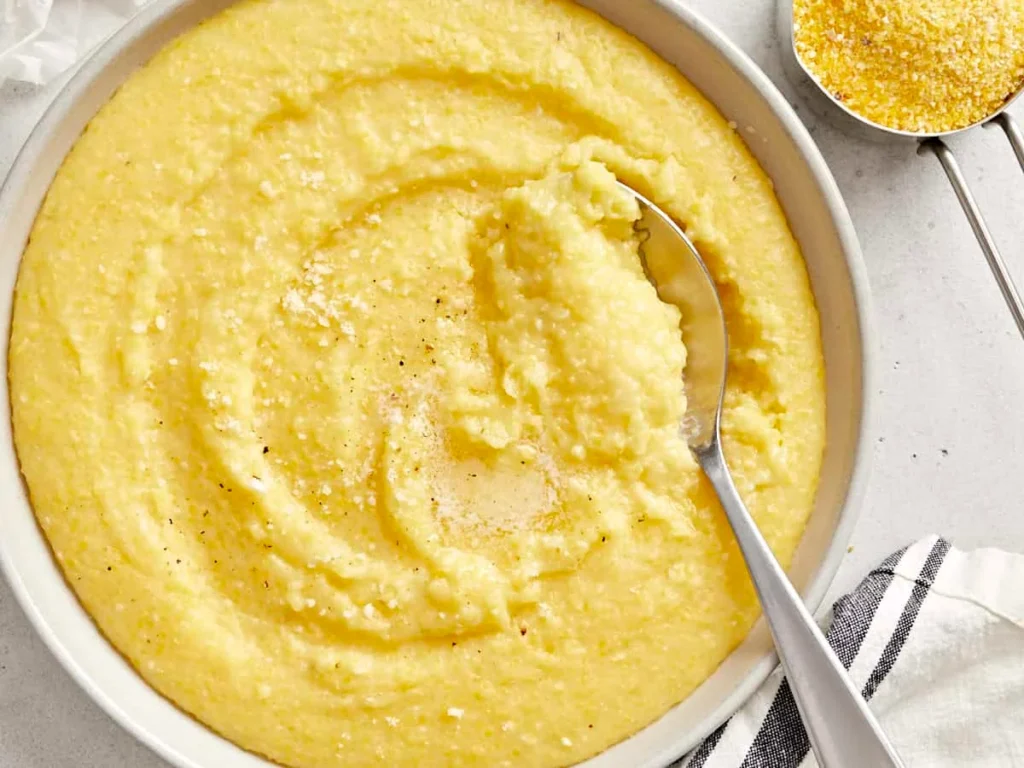Polenta is an Italian traditional meal made of cornmeal boiled in water or broth and has its roots in the region of Northern Italy. It does have a long history and it is known as an essential part of the Italian tradition to cook and consume potato, whether it is served as a side dish or as the main course. One of polenta’s strengths is its plain and versatile nature, and therefore it is well-loved by many home-based and commercial or industrial cooks.
The Basics of Polenta
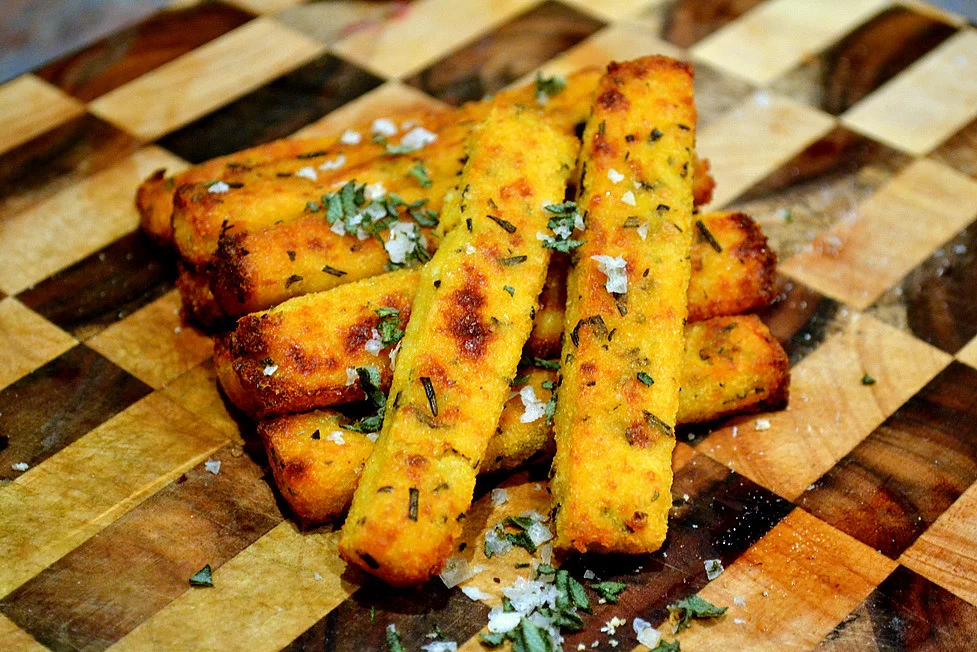
Essentially, polenta is a typical type of Italian dish, the main ingredient of which is cooked cornmeal in water or any available liquid for a long time to reach a porridge-like texture. Depending on the recipe of the cake, the traditional method of baking calls for the stirring of the cake mixture to avoid the formation of lumps and have pouring consistencies. While it does take time to make the balls and churn the dough, the dividends are worth the time as the outcome will be smooth and more flavorful.
Ingredients and Variations
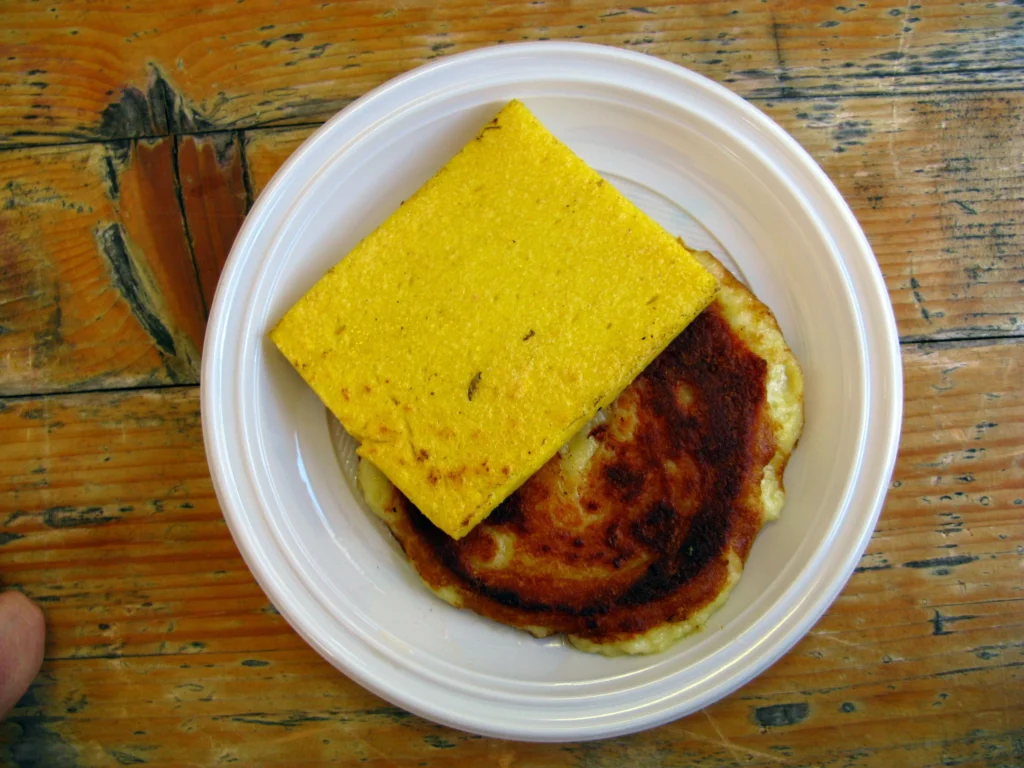
The basic ingredients for polenta are minimal: It was prepared by using the following ingredients; cornmeal, water, and salt. However, when it comes to the area of flavor and facility of texture, extra things can be added in some other ways. Some recipes instruct to cook pasta in butter and mix grated Parmesan cheese at the end of preparation time to get a rich, savory flavor. To increase the viscosity of the polenta, some of the water can be replaced with milk or cream to yield a richer consistency. Another alternative to water is using broth, which will add to the depth of flavor of the polenta.
Cooking Methods and Serving Suggestions
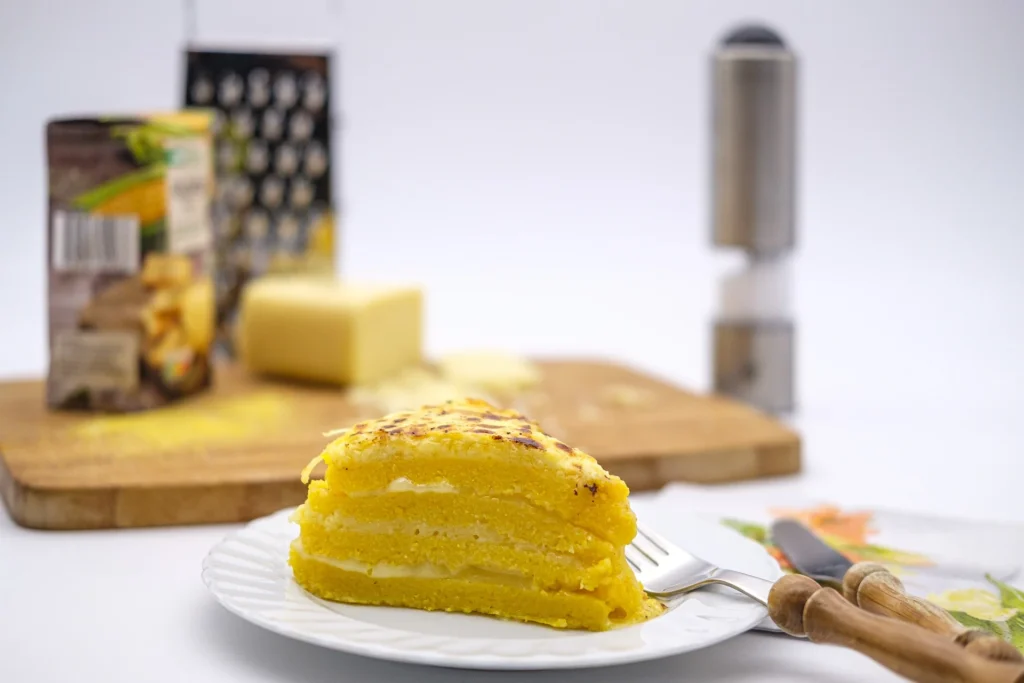
Polenta can be eaten in many forms which makes it good for breakfast, dinner, or lunch as well as occasions like weddings or even holidays. Newly prepared polenta with still hot water provides a soft and smooth paste to be able to soaked up the sauce out of meat dishes, stews, or vegetable-based rich stew like ragout. The particularity of this polenta is that it acts as a rather neutral ground that absorbs the tastes and contributes to a warm-up character of the dish.
However, to shift focus slightly, it is also possible to prepare polenta and then let it stiffen so that it becomes easily sliced. From whence they may be sauteed, roasted, or barbequed in a way that forms an outer crust that is crunchy, whereas the interior is soft and cheesy. Polenta prepared in any form is best served at room temperature, and slices of baked or grilled polenta can be served as a side dish with grilled meats or roasted vegetables or even slices of fried polenta can be served as an appetizer/snack.
Nutritional Benefits
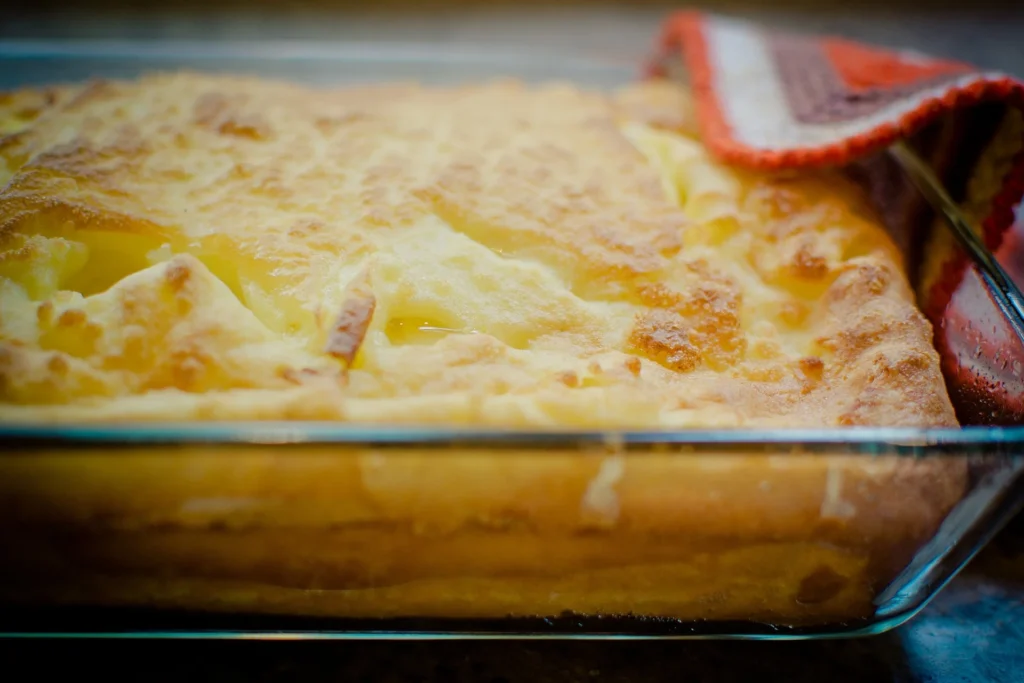
Polenta not only has an exquisite taste, but it can also possess numerous health and nutritional values for the consumer. It has less fat and energy content, which means is a better product for those who are energy-conscious. Also, it is very important to know that polenta is not prepared from wheat or barley therefore, it is purely a gluten-free food and is suitable for coeliac patients. Polenta, which is made primarily from cornmeal, has significant value in the human diet as it consists of fiber as well as some key micronutrients like iron, magnesium, and zinc.
Cultural Significance
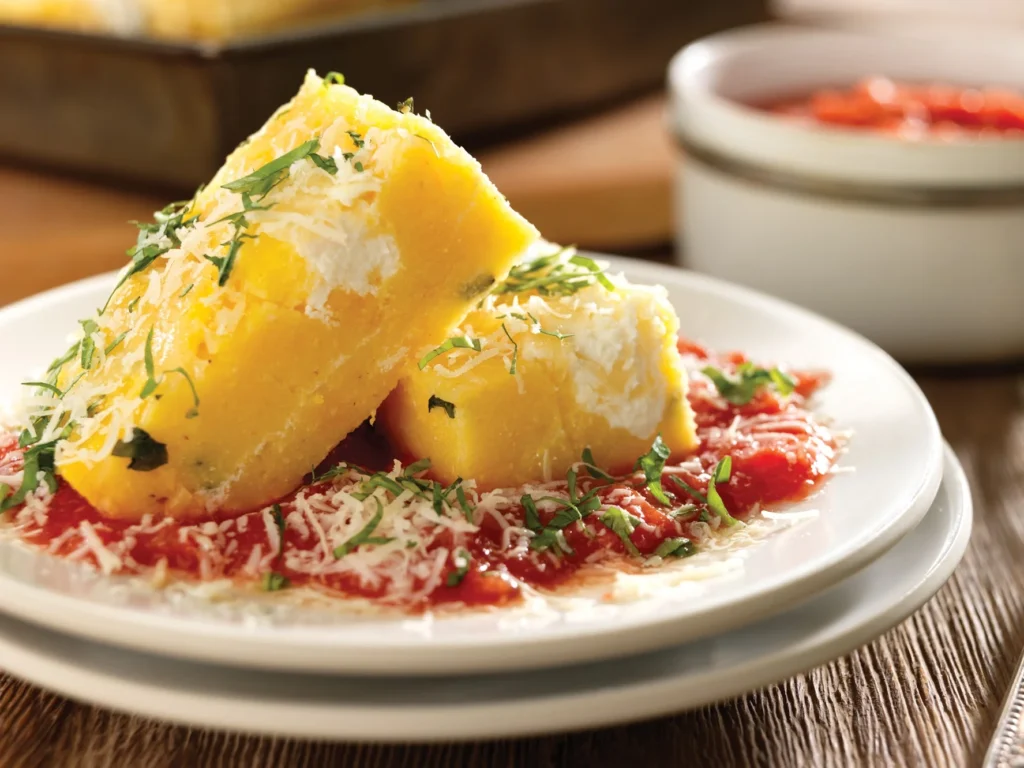
This is a preparation that can be traced back to the region’s Italian heritage and which was particularly associated with the peasants of the north of the country. It has expanded and developed a firm root across the breadth of Italy and other regions where it is now arguably a favorite among many families and food establishments. Its attribute of being an appetizer and being merged into a mixture of various tastes has made it very popular among people.
Polenta: A Dish for All Occasions
Polenta also has a lot of applications and is served both as a thick cream as a stew thickener, as a type of cream sauce or as a side dish, which is grilled or fried for special occasions – it even looks delectable simply sautéed or broiled. The utensils needed to prepare it are common and can be readily found in most homes; yet, due to its simplicity, you can place it in the category of fast food that can be made more exquisite by special cooks.
Try More Recipe:- Unlock the Secrets of Authentic Bruschetta with This Recipe
Authentic Italian Polenta Recipe: Creamy, Delicious, and Easy to Make
Description
Polenta is one of the regional delicacies of Italy, especially from the northern part of the country where the cornmeal is cooked in the form of risotto or porridge. It can be consumed in a loose state and when hot like an oatmeal like the Scottish porridge, or made to ‘solidify’ and then be baked, grilled, or fried. This is one versatile dish that can also be prepared and served as a side dish if other dishes are also added or it may also be served on its own as a dinner dish.
Ingredients
Optional Ingredients:
Instructions
-
Prepare Ingredients:
- Gather all ingredients. If using fresh herbs, chop them finely.
-
Boil Water:
- In a large pot, bring 4 cups of water to a boil. Add 1 teaspoon of salt to the boiling water.
-
Add Cornmeal:
- Gradually add 1 cup of cornmeal to the boiling water, whisking constantly to prevent lumps. Continue whisking until the mixture starts to thicken.
-
Reduce Heat and Simmer:
- Lower the heat to a simmer. Continue to stir the polenta with a wooden spoon, frequently scraping the bottom of the pot to prevent sticking.
- Cook for about 30-40 minutes, until the polenta is thick and creamy.
-
Add Optional Ingredients:
- If desired, stir in 2 tablespoons of butter and 1/2 cup of grated Parmesan cheese.
- For a creamier texture, add 1 cup of milk or cream.
- Mix well until the butter and cheese are fully melted and incorporated.
-
Serve:
- The polenta can be served immediately as a creamy side dish.
- For a firmer texture, pour the polenta into a baking dish and let it cool.
- Once set, it can be sliced and grilled, baked, or fried.
-
Optional Finishing Steps:
- Baking: Preheat the oven to 400°F (200°C). Cut the set polenta into squares or wedges. Place them on a baking sheet and bake for 20-25 minutes until golden brown.
- Grilling: Heat a grill pan or outdoor grill to medium-high. Brush the polenta slices with olive oil and grill for about 5 minutes on each side, until grill marks appear.
- Frying: Heat a skillet with a bit of oil over medium-high heat. Fry the polenta slices for 3-4 minutes on each side, until crispy and golden.
Servings 4
- Amount Per Serving
- Calories 285kcal
- % Daily Value *
- Total Fat 14g22%
- Saturated Fat 8g40%
- Cholesterol 32mg11%
- Sodium 1184mg50%
- Potassium 14mg1%
- Total Carbohydrate 30g10%
- Dietary Fiber 3g12%
- Sugars 2g
- Protein 9g18%
- Vitamin C 12 mg
- Calcium 201 mg
- Iron 4 mg
* Percent Daily Values are based on a 2,000 calorie diet. Your daily value may be higher or lower depending on your calorie needs.
Note
- Polenta can be flavored with various herbs and spices to suit your taste.
- Leftover polenta can be refrigerated and reheated, or used in different recipes like polenta lasagna or polenta fries.
- Adjust the water-to-cornmeal ratio based on the desired consistency. For a softer polenta, use more water.

